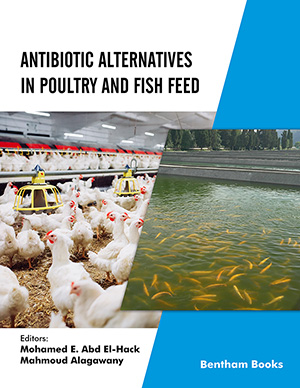Abstract
Background: Luffa cylindrica is a plant that is widely distributed in Africa and Asia and can be grown in regions with tropical or subtropical climates. Few patents dealt with Loofah biological properties, including some functional foods formulated from its leaves.
Objective: This study aimed to structurally and functionally characterize the bioactive compounds of L. cylindrica leaves grown in two different environments.
Methods: The extracts of L. cylindrica leaves collected from two Tunisian locations: Essouasi (LE), a semi-arid region and Medenine (LM), an arid region, were investigated for their phenolic compounds and fatty acids using HPLC/TOF-MS and GC-MS techniques, respectively. Furthermore, the antioxidant capacity was evaluated with DPPH, Chelating effect, Hydroxyl radical and Superoxide anion scavenging activities while the anticancer activity against HeLa cell lines was assessed using xCELLigence real time cell analyzer and lactate dehydrogenase cytotoxicity assay.
Results: The antiproliferative capacity of both extracts was time and dose-dependent, with LE presenting the lowest HeLa cell index (CI = 0.035 ± 0.018, 250 μg/ml). LE also showed the best cytotoxic capacity (56.49 ± 0.8%) and antioxidant potential (IC50 = 54.41 ± 1.12 μg/ml for DPPH and 12.12 ± 0.07 μg/ml for chelating effect). 14 phenolic compounds were detected in LE, with ferulic acid being the major compound (5128.5 ± 4.09 μg Phenols/g), while LM had only 6 phenolics. GCMS analysis showed the presence of omega-3 fatty acids in LE.
Conclusions: Our findings suggest that L. cylindrica leaves, especially when collected from semiarid regions, are promising for formulating nutraceuticals of interest.
Keywords: Bioactive compounds, antiproliferative, GC-MS, HPLC/TOF-MS, leaves, Cucurbitaceae, Luffa cylindrica.
 21
21 1
1



















